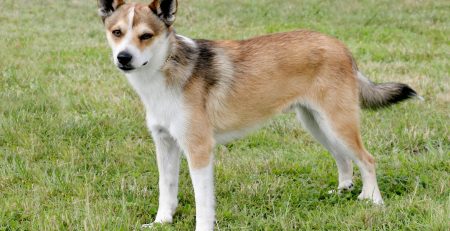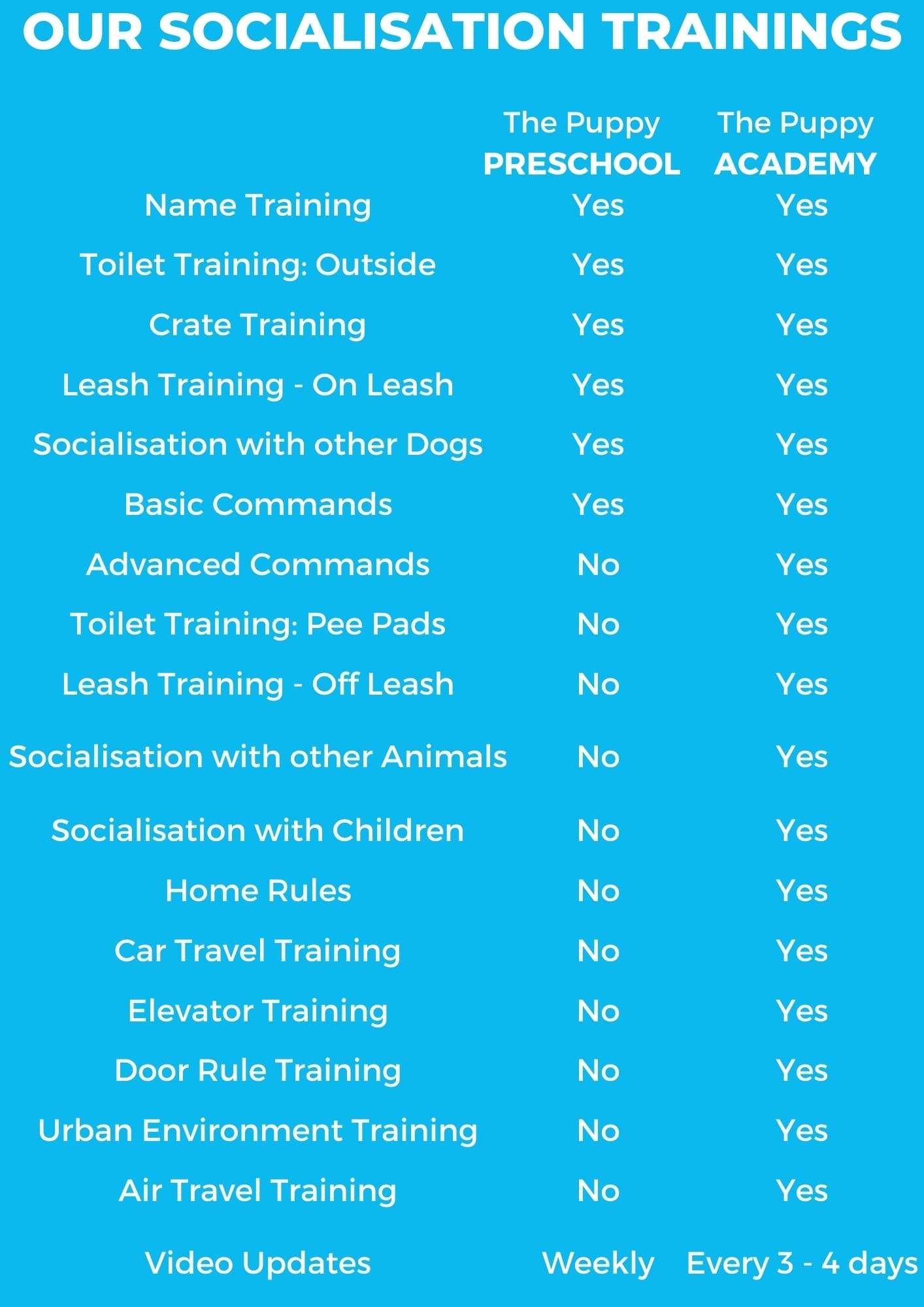Cabin-size dog breeds
Do you travel a lot? With today’s budget airlines and holiday deals, travelling has never been easier or more affordable. But for dog owners, travelling is not so easy; it means leaving our beloved pets behind with a pet-sitter or kennel.
For frequent flyers, sometimes it’s handy to be able to bring your pet along. Travelling with a dog can be expensive: there’s the cost of the crate, and the dog’ ticket; and travelling in the cargo hold of a plane can be stressful and, for some breeds, detrimental to a dog’s health.
Fortunatley, many airlines do allow you to travel with your dog in the cabin; your dog travels in a carrier, similar to carry-on luggage. Travelling with you in the airplane cabin can be a calmer experience for your dog, and you can keep a close eye on them to see how they are doing. If you are a frequent flyer, then a cabin-sized dog could be perfect for you.
What makes a dog “cabin-size”?
Generally speaking, the dog and the cage they are travelling in must fall under a particular weight limit. Whether your dog is cabin-sized depends on the airline’s policies. American Airlines accepts dogs in carriers weighing up to 9kg (20lb), whereas Air France only accepts dogs of 7.7kg. Some airlines do not impose a weight limit, but restrict the size of the dog’s transport cage.
This means that medium and large breed dogs cannot travel in the cabin (excluding service dogs). Smaller dogs are better suited to travelling in the cabin of an airplane; in any case they can be quite delicate and not suited to travelling in the cargo hold. A small dog will be able to curl up comfortably in their pet cage, where you can watch over them.
Our Top Ten Cabin-sized Breeds
So a cabin sized dog should be lightweight, and ideally able to tolerate being in a carrier for a prolonged period. We’ve put together a list of the top ten dogs that we think are best suited to air travel.
Be aware that although breeds like Pugs and French Bulldogs are often small enough to travel in cabin, they can be sensitive to changes in air pressure, air quality, and temperature. If you own a flat-faced breed, be cautious about frequent air travel with them.
Chihuahua
Weighing in at 1.8 to 2.7kg, the tiny Chihuahua is the ideal size for air travel. They are small enough to travel comfortably in most cabins, and you can even add a blanket or heat pad if you’re worried about them getting cold.
Pomeranian
The fuzzy Pomeranian weighs between 1.4 to 3.2kg: a good size for cabin travel. Their fuzzy coat means that they shouldn’t feel cold on the flight.
Yorkshire Terrier
The Yorkie usually weighs up to 3.2kg (“teacup” Yorkies are usually significantly smaller).
Papillon
The Papillon (which is a type of toy Spaniel) weighs up to 4.5kg, but is often lighter (3.5kg). These affectionate dogs should be quite comfortable curled up at your feet in their transport cage. Papillons occasionally suffer from seizures disorders; if your dog has such a condition, be careful when travelling, and make sure you have the right medication and your pet’s veterinary records with you.
Maltese
Weighing in at 1 to 3.6kg, the silky little Maltese is a good size for cabin travel. That said, this breed is known to be vocal, which can be a problem on a long flight! Teaching “quiet” to your Maltese will save your sanity, as well as making you very popular with your fellow passengers.
Miniature Dachshund
These little sausage dogs typically weigh between 3.6 to 4.9kg. This is another yappy breed that tends to bark at strangers; teaching “quiet” and covering the transport cage with a cloth may help to avoid this.
Toy Fox Terrier
Weighing between 1.5 and 4kg, this tiny terrier is an excellent choice if you want a smart, sporty dog that can travel everywhere with you.
Toy Poodle
With a weight range of 2.3 to 4.5kg, the Toy Poodle is an excellent traveller’s companion. They hate to be left alone, and will be much calmer curled up at your feet than travelling in the hold.
Affenpinscher
The Affenpinscher weighs between 2.9 to 6kg, and is confident and affectionate. They are typically quiet, which is a blessing on longer flights.
Italian Greyhound
The “Iggy” is a Greyhound in miniature, weighing only 3.6-5kg as an adult. Italian Greyhounds have been known to suffer from epilepsy; if your dog has epilepsy, ask your veterinarian for advice before travelling by air with him/her.
Pug
Pugs weight between 6.35 and 8.16 kg, so smaller Pugs may be light enough to travel in the cabin. They are flat faced, which makes them sensitive to changes in temperature and air quality. If your vet gives the go ahead, you can fly with your Pug, but keep a close eye on him/her during the flight.
Havanese
If you have allergies and travel a lot, this could be your ideal breed. The Havanese is an excellent choice for those with allergies, as they rarely shed. Since they weigh between 3 to 6kg, they are an ideal weight for air travel.
Brussels Griffon
This Belgian breed is a compact little dog, weighing only 4-5kg. That flat face does mean that they are sensitive to changes in temperature and air quality. If your vet gives the go ahead, you should be able to fly, but this is another breed that should be properly monitored during the flight.
Norwich Terrier
Weighing in at 5 to 5.5kg, this British breed is loyal and energetic. There is a slight breed prevalence for epilepsy, so make sure your Norwich Terrier goes for a check-up before the flight. Some Norwich Terrier also have difficulty breathing due to Upper Airway Syndrome (UAS), especially dogs with shorter muzzles: if your Norwich Terrier has this condition, get a check-up in advance and carefully monitor your dog during the flight.

Shih Tzu
Shih Tzus weigh between 4.5 to 8.6kg, so smaller dogs will definitely be able to fly in the cabin. If your Shih Tzu is on the larger side, it depends on the airline’s policy; with some airlines you might get away with a larger Shih Tzu if you have a lightweight pet carrier. Keep in mind that Shih Tzus are sensitive to changes in temperature, so keep a good eye on your dog during the flight.
Pekingese
The fuzzy Pekingese weighs 3.2 to 6.4kg: an acceptable weight for most airlines. This is another flat-faced breed that doesn’t cope well with heat, so watch over your dog during the flight.





































